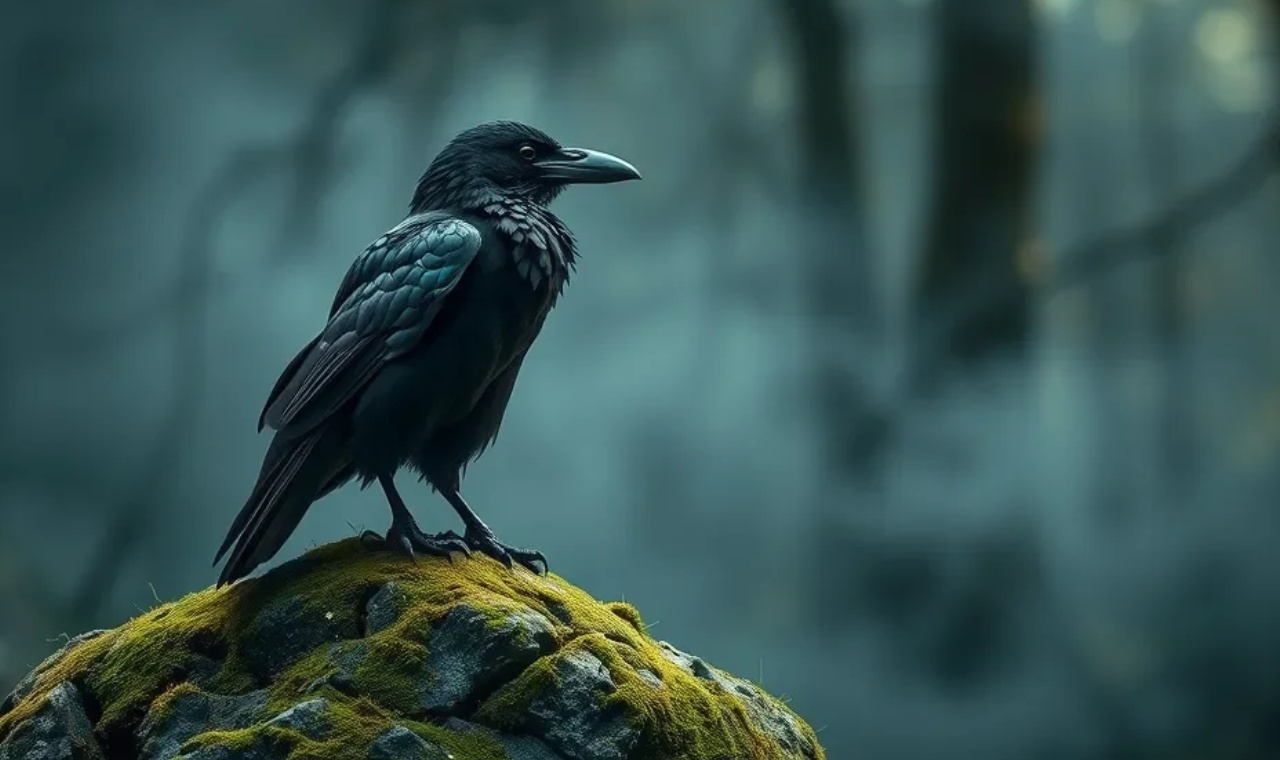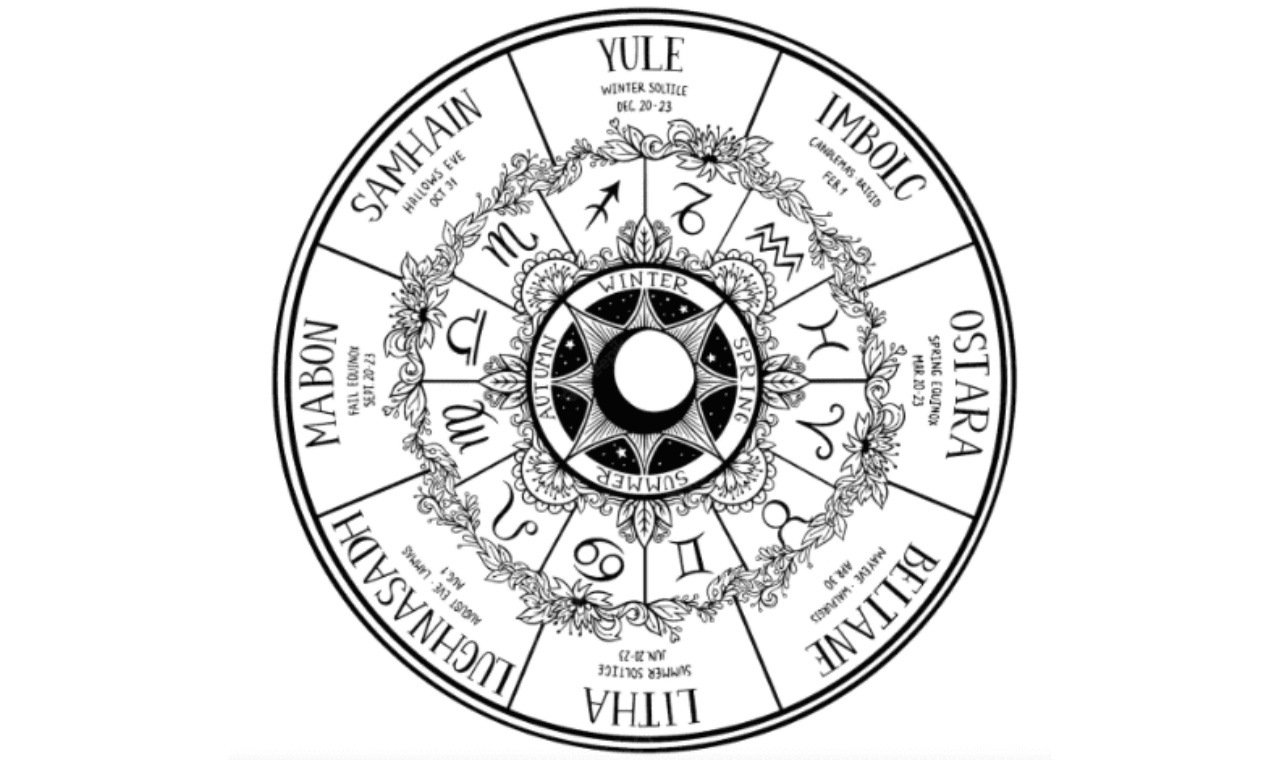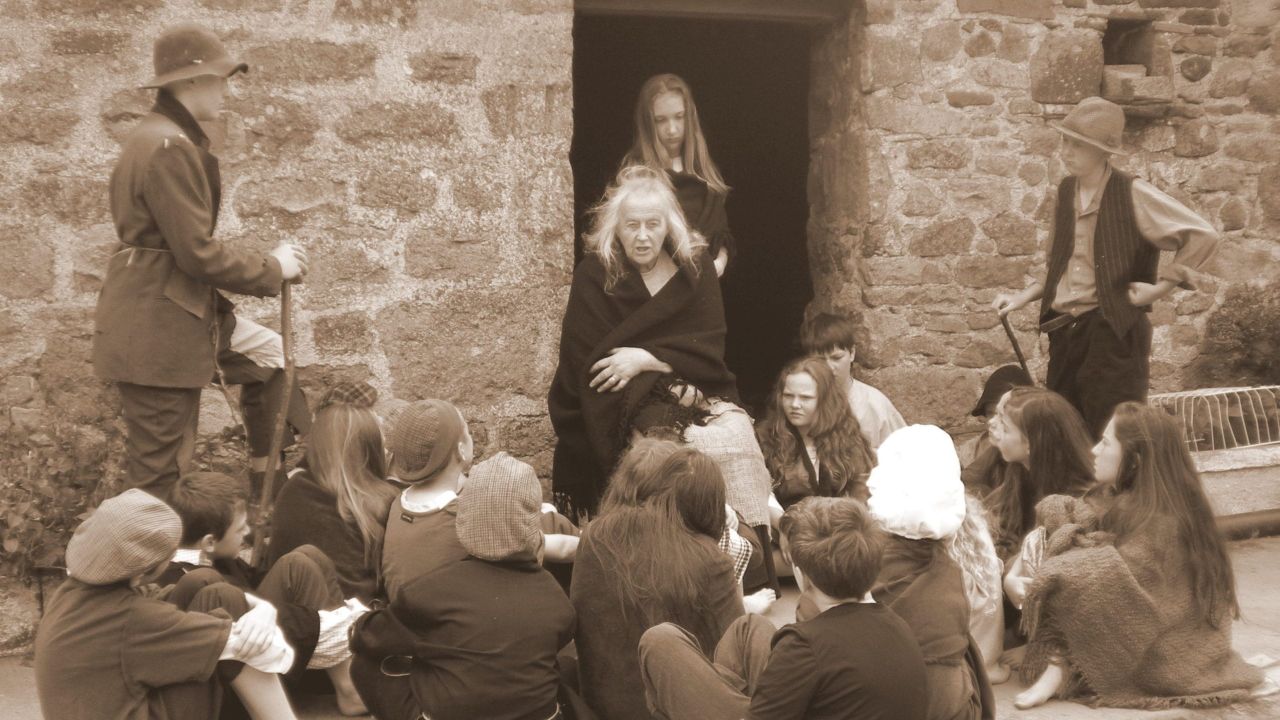The Myth of Aengus and Caer: A Celtic Love Story Beyond Time

In the heart of Irish mythology, few stories capture eternal love like that of Aengus Óg and Caer Ibormeith. Aengus, the youthful god of love and poetry from the Tuatha Dé Danann, dreamt one night of a beautiful maiden by a lake. Her hair shone like sunlight over water, and her song stirred his very soul. But when he awoke, she was gone, leaving behind only longing.
For a year, Aengus searched restlessly. His heart knew she was real. His mother, Bóann, goddess of the River Boyne, and his father, the Dagda, god of wisdom and abundance, saw his sorrow deepen. With divine guidance, they sought out Caer, the woman of his dreams — a daughter of Ethal Anbuail, king of the Sidhe (fairy folk).
The Swan Maiden and the Promise of Transformation
Aengus found Caer, but there was a catch. She transformed into a swan every other year, bound by a mystical enchantment. When he reached her father’s lands, she was already among 150 swans gliding gracefully across Loch Bél Dracon, their wings glistening like silver in the dawn light.
Aengus pleaded for her release, but the fairy king refused. “If you can name her among them,” he said, “she shall be yours.” When Aengus approached the lake, he called out to Caer, and she answered. Without hesitation, he transformed himself into a swan, joining her in flight. Together, they soared into the sky, singing a song so pure that every heart in Ireland fell into peaceful sleep for three days and nights.

The Song That Echoed Across Time
Their story is not just a tale of love but of spiritual unity; a reminder that love transcends form, realm, and fate. The Celts believed swans represented purity, transformation, and the soul’s eternal journey. In taking her shape, Aengus did not conquer love; he became part of it.
This union mirrors the themes found in the Cauldron of Dagda, transformation, renewal, and divine balance. Aengus’s act wasn’t about possession but about understanding, about harmony between mortal and divine, physical and spiritual.

Love and the Celtic View of the Soul
For the Celts, love was not an emotion alone; it was a force of creation, woven through nature, music, and myth. Aengus and Caer’s love transcends boundaries, much like the Celtic Sun God Lugh who bridged sky and earth. Their bond reminds us that love, true love, exists not in possession but in presence.
This myth aligns beautifully with the ancient Celtic belief that the soul seeks harmony, often represented in paired symbols — swans, knots, or intertwined trees. The Celts viewed love as a spiritual act that connected one’s essence with the rhythms of the universe.

The Legacy of Aengus and Caer in Celtic Culture
Today, the myth of Aengus and Caer continues to inspire Irish poetry, art, and storytelling. It’s echoed in the Claddagh Ring’s symbolism of love, loyalty, and friendship. Their tale carries the same spirit that makes Irish people natural storytellers — a gift for weaving emotion, nature, and myth into living heritage.
From the flowing rivers of Boyne to the timeless Celtic stone carvings that depict lovers entwined, Aengus and Caer’s love still whispers across Ireland’s landscapes. It reminds us that love, like the swan, transforms but never truly ends.
A Song That Never Ends
The story of Aengus and Caer isn’t simply a legend, it’s a reflection of how the Celts viewed life and love as sacred cycles. Their transformation into swans captures the soul’s ability to adapt, to love across lifetimes, and to rise above the confines of mortal limits.
The next time you see swans gliding peacefully across a still lake, think of Aengus and Caer — two souls who found eternity not in the afterlife, but in the music of their love.










